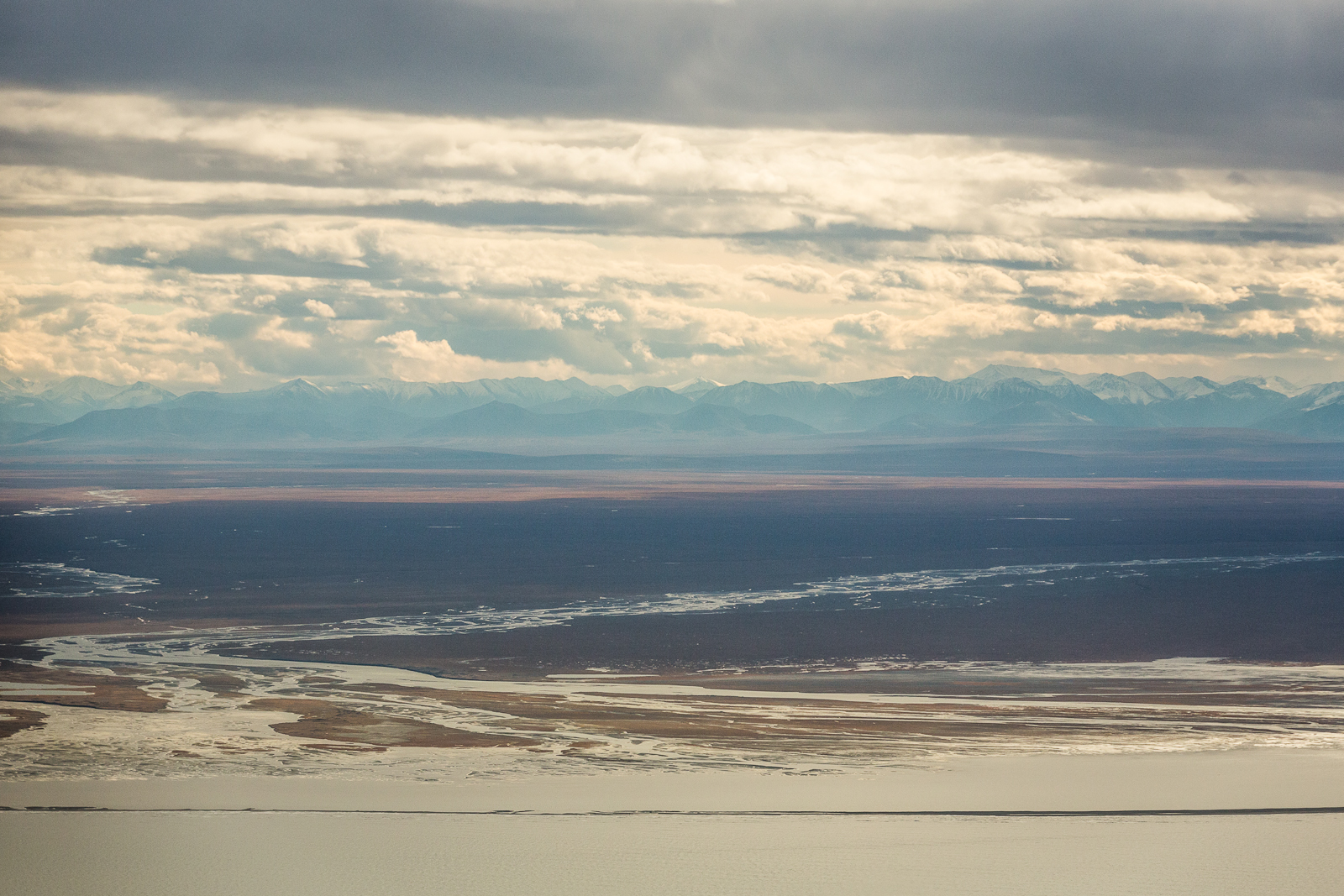Environmentalists gear up for another fight over ANWR
When introducing his first budget on Monday, President Donald Trump revived a long-dormant political issue: The future of the oil underneath the Arctic National Wildlife Refuge.
ANWR, as it’s abbreviated, is a 19-million acre piece of wilderness in the northeastern corner of Alaska. Environmentalists value it for its migratory birds, caribou and other wildlife. The energy industry values it for the estimated billions of barrels of domestic oil beneath it.

For decades, industry and environmental lobbyists — and their allies in Congress — have tussled over the fate of the refuge. Trump’s budget proposal pitches the sale of oil and gas leases in ANWR as one of several measures designed to balance the budget over the next 10 years (a goal that is, according to my colleague Max Ehrenfreund, an unlikely bet).
[Opening ANWR to oil drilling is priority in Trump’s proposed budget]
Trump is not the first Republican leader to attempt to open up ANWR since the 1980s, when Congress requested the Department of Interior review the energy prospects of the refuge and punted the issue to a future legislative session. Yet each failed effort demonstrated what a difficult political nut ANWR is to crack for the GOP.
If the Arctic refuge is again to become a political hot potato, it’s useful to look back at GOP efforts to open ANWR to drilling — and how each of those efforts failed.
Here we go:
1989: Congress took up the issue of ANWR after the Interior Department under President Reagan officially recommended two years earlier that the refuge be opened to drilling. In March of that year, the Senate Energy and Natural Resources Committee passed a pro-drilling bill.
What happened? A few days later, the Exxon Valdez ran aground in Prince William Sound. The ship spilled roughly 11 million gallons of crude oil pumped from Alaska’s North Slope, to the west of ANWR. Any chance to allow drillers into the refuge was lost with it.
1995: In the 1990s, then-Sen. Frank Murkowski, R-Alaska, maneuvered to get pro-drilling legislation through the Senate by introducing, unsuccessfully, amendments to a defense authorization bill and to a budget package. But in 1995, with majorities in both the House and Senate for the first time in four decades, Republicans added language opening ANWR to drilling to the budget package, which under Senate rules could not be filibustered by Democrats.
What happened? The language could be (and indeed was) vetoed by then-President Clinton when the budget was sent to his desk.
2005: By this year, Republicans again had control of both chambers of Congress — and, importantly, the White House too. Again using a budget resolution, the Senate, led by Sen. Ted Stevens, R-Alaska, passed a budget measure that opened the Arctic refuge to drillers.
What happened? A group of moderate House Republicans, seeing ANWR as a litmus test on the environment, stripped the pro-drilling language from their own version of the budget. Undeterred, Stevens attached a pro-drilling amendment to a defense authorization bill. But that bill failed to break a Democratic filibuster, and died in the Senate.
Now in 2017, the Alaskan senator leading the charge to develop the oil and gas fields is Lisa Murkowski, R-Alaska, Frank’s daughter. In a statement on Trump’s budget on Monday, the senator said: “I am particularly pleased to see a proposal for energy production from the non-wilderness 1002 area,” as the oil-rich portion of the refuge is sometimes called, “and continued investments in Alaska’s defense infrastructure, which will improve Alaska’s economy and strengthen our national security.” In the past, she and Dan Sullivan, a Republican and the state’s other senator, have introduced their own legislation to produce energy in ANWR.
What’s different in 2017: There is no Democratic president, no strong coalition of moderate House Republicans or (most likely) no looming oil spill that will trip up a budget resolution. But even with a favorable climate for drilling advocates, the procedural hurdles in the Senate are steep.
If a budget resolution with a pro-drilling amendment garners simple majorities in the House and Senate, it still does not carry the force of law. The measure would have to go through the appropriations process, where it will be subject to a 60-vote threshold — a high bar it’s unlikely to meet. Nonetheless, it’s possible that opening up ANWR will surmount the first hurdle — the budget resolution, if it is acted upon — and create some politically uncomfortable votes for a few Republicans headed into the 2018 midterms.
Or Mitch McConnell and other GOP leaders would have to choose to use the budget reconciliation process for ANWR drilling. But that would likely mean prioritizing it over agenda items like health care and tax reform that are much higher on the GOP wish list.
Nonetheless, environmentalists, pointing to polling that shows that two-thirds of voters oppose Arctic Refuge drilling, are gearing up for another fight.
“We’ve done this before and we’ll do that again,” Lydia Weiss, government relations director for lands at The Wilderness Society, told me.